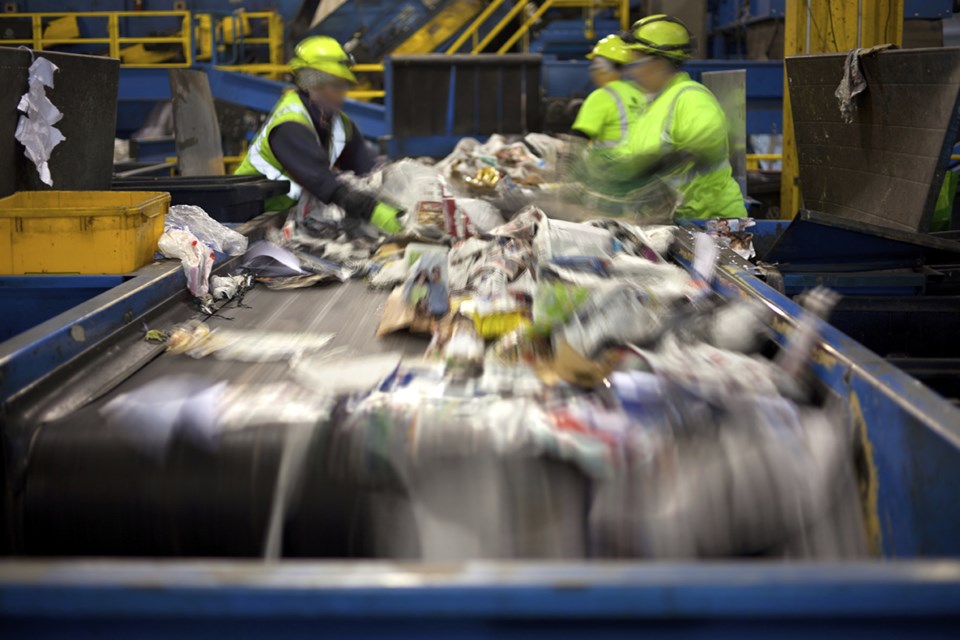It’s been six months since the City of Burnaby switched to bi-weekly garbage collection and early numbers suggest things are trending in the right direction.
The diversion rate for green waste has increased by 5.8 per cent and by 5.6 per cent for recyclables, according to Dipak Dattani, the city’s deputy director of engineering.
“I just want to be mindful of the numbers. We haven’t gone through the fall season yet,” he said. “One has to remember because we had a bad winter, people weren’t out gardening and doing everything they would normally do ... which does affect the yard waste diversion number.”
Dattani added he’s “pleased” with the early results.
According to the city’s annual solid waste and recycling report, the overall diversion rate in 2016 was 53.3 per cent (35.9 green waste and 17.4 per cent recyclables).
Burnaby is one of 21 municipalities that coordinates with Metro Vancouver on solid waste initiatives, including the solid waste and resource management plan. The goal of that plan is to reach a diversion rate of 80 per cent across the region by 2020.
Residents who fail to place food scraps and yard waste into their green bin without contamination could be slapped with a $250 fine. Furthermore, anyone who doesn’t separate their waste into the appropriate bin without contamination could be handed a $400 ticket.
Ticketing, however, is a last resort, according to Dattani. He said his team will always educate the public first, send out warning letters, and if that doesn’t work, issue a ticket.
Last year, the city audited 100 households (single and two-family homes). Eighty-five per cent put out their garbage bin, 73 per cent put out their blue box (mixed containers), 71 per cent put out their yellow bag (mixed paper), 12 per cent put out their grey box (glass jars and bottles) and 41 per cent put out their green bin (yard materials and food scraps).
The audit found household garbage had a contamination rate of 52 per cent.



